What do water rats look like and how to get rid of them?
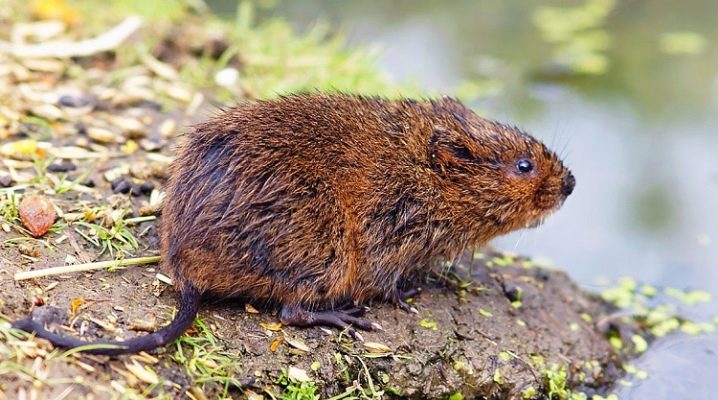
The water rat is a rodent also known as the European vole. It lives in the wild, but in some cases it settles in the same territory with people. Having noticed this pest in your area, you need to immediately start fighting it.
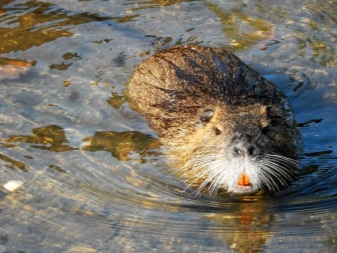
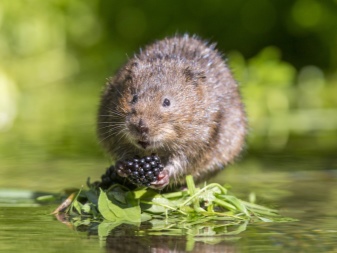
general description
The water rat looks like an ordinary rat, as well as a muskrat. She has a large body. The weight of the pest varies from 180 to 400 grams. His head is round. She, like the body, is covered with short fluffy fur. There are small, almost invisible ears on the head. The animal's eyes are also very small. The pest also differs from an ordinary rat in a shorter tail. It is covered with short hair along its entire length, and only its tip is bare. The rat has sharp claws on its front legs. Because of this, she looks dangerous. The hind limbs of the animal are elongated and slightly larger. Thanks to this, the rat can swim well.
The garden rat is found in both cold countries and hot ones. The pest prefers to settle near various bodies of water. The pest moves to more comfortable habitats if the brood of rodents suffers from hunger and cold for a long time. These pests are very prolific. Females give birth 4-5 times a year. Each litter has up to ten cubs. The water rat feeds mainly on grain crops. In addition, she actively chews on the bark and roots of trees and bushes.
In addition to plant foods, the diet of earthen rats can include crayfish, molluscs or small mice. Pests also actively eat insects that are found on the site.
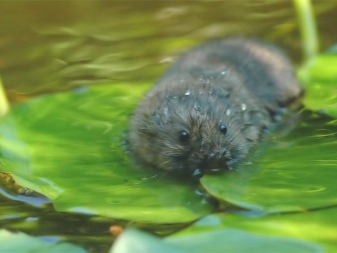
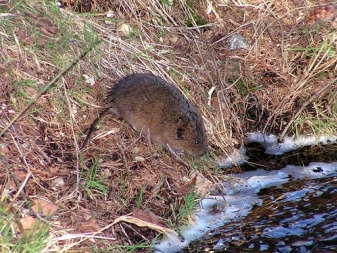
Reasons for the appearance
As a rule, pests settle on the site for a number of reasons.
- The colony is growing and the pests do not have enough food... Therefore, some of its members leave the inhabited territories in search of food.
- The emergence of competitors. Stronger and larger animals can drive earthen rats from their habitat.
- The onset of cold weather. Most often, summer residents notice earthen rats in the garden or in the garden in the fall. At this time, pests are actively digging holes away from water bodies, and also fill them with food found on the spot.
Regardless of why the pests moved to a new site, they must be immediately destroyed.
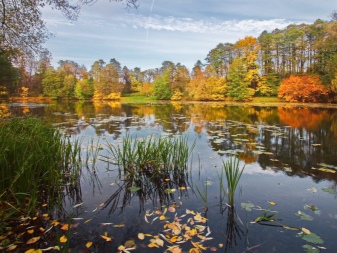
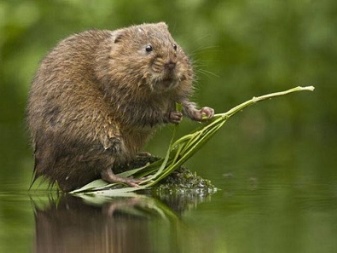
What harm is done?
The harm caused by these animals is very great. Rodents spoil the fields with grain, breaking numerous holes in the ground. This leads to the fact that a huge amount of grain is lost or loses its visual appeal. When entering the garden area, water rats usually eat vegetables, as well as root vegetables. They are especially harmful for potatoes and carrots. Only beds with legumes, as well as with onions and garlic, repel pests.
Trees and bushes in the garden can be damaged by the teeth of earthen rats. Pests often gnaw the bark of young trees, and also destroy seedlings. This leads to plant disease or death. In times of famine, the earthen rat can destroy beneficial insects and amphibians. It also does not benefit young plants. Water rats are also carriers of various diseases. They contribute to the spread of tularemia, fever and leptospirosis.


How to fight?
To protect yourself and your plants from these pests, you need to learn how to deal with them correctly. This can be done in different ways.
Scare away
Now on sale there are a large number of ultrasonic repellents designed to combat various pests.... The principle of operation of such devices is quite simple. They generate special high-frequency signals that do not harm humans in any way, but can negatively affect the nervous system of animals. If such a repeller is installed on the site, the rodents will try to leave it as quickly as possible.
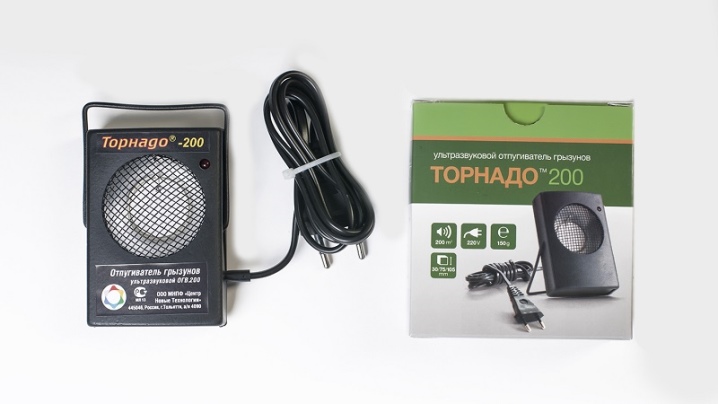
Folk methods of struggle
Folk remedies are often used to control pests. The list of foods that help scare away land rats is quite large.
- Natural wool. The pest is afraid of the smell of burnt wool. To drive rats away from your site, you need to set fire to a piece of a fur hat or coat and throw it into a hole dug by pests. Some gardeners instead set fire to the carcass of a mouse or rat.
- Wood ash. It is one of the best and most effective pest control products. For the treatment of the site, it is worth using ash obtained as a result of burning dry tree branches. There should not be any impurities in it. Ash is scattered over the site. It quickly sticks to the paws of pests. After ingestion, the ash causes poisoning in animals. The use of this product on the site also benefits the plants. After all, ash is an excellent fertilizer for most crops. You can sprinkle it on the soil for processing plants planted both in open ground and in a greenhouse.
- Coniferous needles... It is useful to use juniper, spruce or pine needles on your site. They can be simply scattered on the ground or used to mulch the soil. Sharp needles hurt the paws of rodents. Because of this, pests leave the places covered with needles. Some gardeners, instead of coniferous needles, scatter broken glass on their site. This method can also be called effective. But here you need to understand that pets can be injured by the fragments. In addition, they will have to be removed over time. With coniferous needles, such problems do not arise.
- Kerosene... Using this product also helps to keep pests off the site. To do this, it is enough to soak a piece of cloth in a liquid with a pungent odor. It must be placed directly into the hole. To keep the smell on the fabric longer, the rag must be placed in an unnecessary bag. It is worth making a few holes on its surface.
- Vishnevsky ointment... This product has a strong unpleasant odor. To combat pests, the product must be diluted with water. The resulting product is sprayed on the ground next to the burrow. Smelling a pungent aroma, pests quickly leave their burrows.
- Water... Ordinary water also helps to cope with pests. To drive the earthen rats from your site, you need to push a hose into the hole, and then turn on the water. Due to stress, pests will have to leave the site. They will definitely not return there any time soon.
Using these methods, you can get rid of rats that have recently settled in your garden.


Use of poison
If all the methods described earlier did not help get rid of the earthen rats that settled in the summer cottage, then they will have to be poisoned. To destroy these pests, you can use the following drugs.
- "Storm". This poison is sold in the form of compressed briquettes or granules. Rats usually die within a week of consuming such a product.
- "Efa"... This is the name of one of the most toxic pest control products. The consumption of dry granules leads to internal bleeding. Because of it, rats die. This product responds faster. Rats die as early as 3 or 5 days after using the poison. It is recommended to lay it out under thick grass.
- "Zernocin". The product packaging contains dry granules. They are made from dry wheat. Therefore, the product appears to be attractive to rodents. As a rule, rats die within 8-9 days after using the poison.But in order to get rid of pests forever, "Zernocin" must be used several times in a row.
All these means must be handled very carefully. Spreading the poison is best in gloves and a protective mask... It can be placed next to burrows or dropped directly into them. The use of poison is the most effective way to deal with water rats in the country. But it also has a significant disadvantage. Dead animals have to be collected by hand. If there are pets living on the site that freely walk around the territory, it is important to make sure that they do not get to the rats first. It is recommended to burn the dead pests.
You can make a bait for water rats with your own hands. To do this, you need to prepare a thick solution consisting of a tablespoon of gypsum powder and 2.5 tablespoons of flour. You need to add 20-25 drops of essential oil with a pungent aroma to it. From this mixture, you need to roll small balls. They should be laid out in places where rats are often. It is recommended to place bowls of water next to the balls.
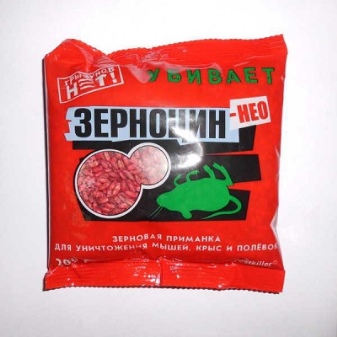

Prevention measures
Preventive measures also help protect the site from rats.
Using traps
To catch pests that are exploring the territory, but have not yet managed to settle there, traps can be placed on the site. Classic rat traps or mouse traps will help you catch a rat. Usually they are located next to trees or holes dug by pests.
Help in the fight against rats and simple homemade traps. On the site, you need to bury several large bottles with cut bottoms at a short distance. Running through the territory, pests will sooner or later fall into them. All that remains for summer residents is to check such traps. Since the pests are caught in them alive, they must be removed by first putting on a glove made of durable material. This will help protect your skin from bites.
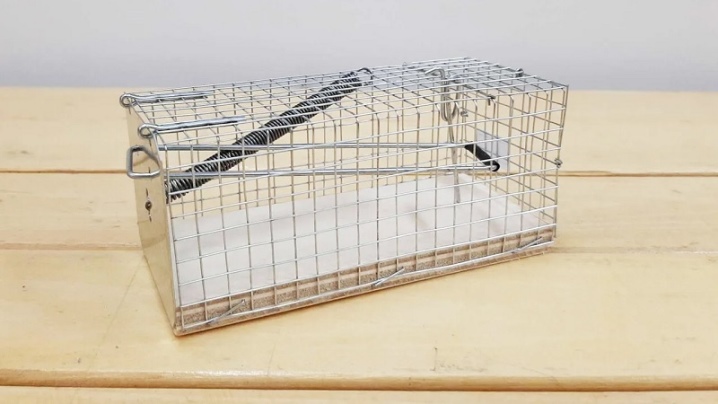
Planting the correct plants on the site
You can save the site from pests by planting suitable plants there. Usually, a black root or burdock is planted to get rid of pests in the garden. The seeds of these plants are sticky. They quickly attach to animal hair. Pests, as a rule, prefer not to come into contact with such plants. For this reason, they do not settle where weeds grow.
You can also plant a variety of odorous plants near the beds. It is worth paying attention to the following options.
- Garlic... It is usually planted next to strawberries, raspberries, or strawberries.
- Grouse... This plant blooms from early spring to the very end. His flowers are yellow and orange. The main feature of the hazel grouse is that it smells like garlic. As a rule, such flowers are planted around the entire perimeter of the site.
- Spurge... A perennial green plant grows up to one and a half meters in height. It can be planted along a fence or hedge.
- Currant... This shrub also helps repel pests. Unfortunately, it does not grow everywhere.
- Juniper... The branches of this plant also have a pungent odor. In addition, when the plant crumbles, many sharp needles accumulate around it, which can injure the paws of the pests. They can be collected and laid out in the right places. This helps the ground rats to get out quickly.
Black elderberry can also be used to protect the site from pests. It is also planted next to the beds or garden. The roots of this shrub saturate the soil with special fragrant cyanides. This forces the pests to bypass the site.
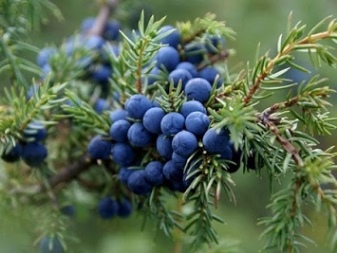
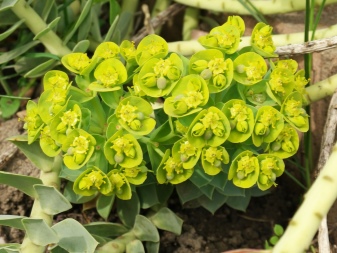
Using biological enemies
In nature, water rats often die from the paws and teeth of cats or dogs. To protect the site from these pests, it is often enough to have a mongrel cat. Its smell will scare away rodents. If the pests still dare to settle on the site, the cat will be able to catch them.
Some summer residents use wood litter soaked in cat excrement to protect against pests.... He is buried in holes.They should be located throughout the site.
If a pest stumbles upon such fragrant heaps in the process of creating holes, he will not want to settle in the treated area.
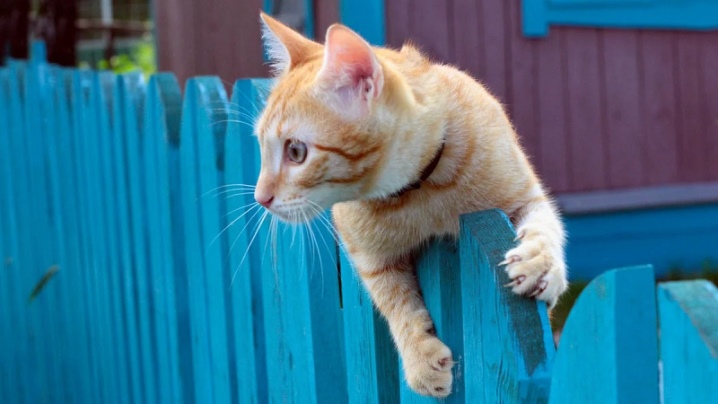
Installation of an underground fence
If water rats appear on the site from year to year, they will have to be dealt with in a radical way. A fence will need to be installed around the perimeter of the garden or vegetable garden. To create it, you can use unnecessary slate or metal sheets. They are buried 20-40 centimeters. Pests are not able to overcome such a barrier. Therefore, they are unable to enter the area fenced in this way.
If done correctly, rats will bypass the area. And those individuals who nevertheless decide to settle there will quickly leave the inhabited territory.
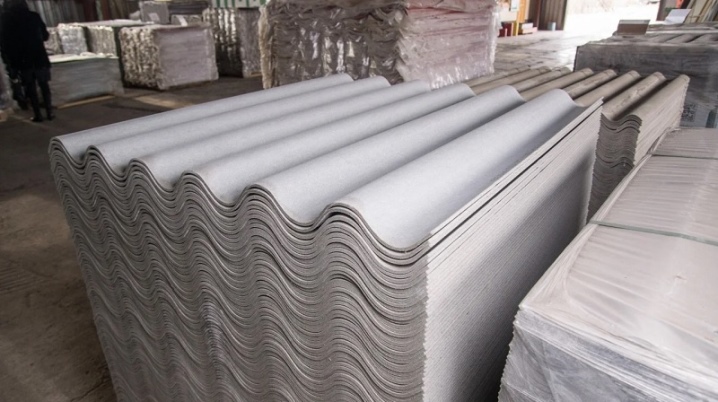













The comment was sent successfully.